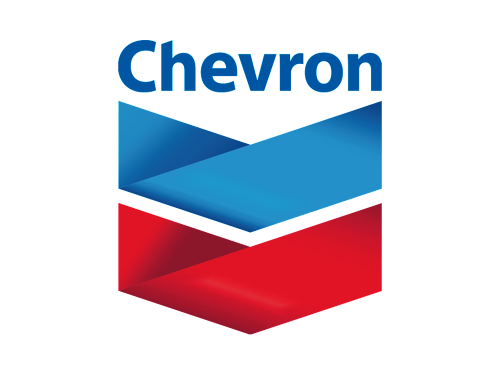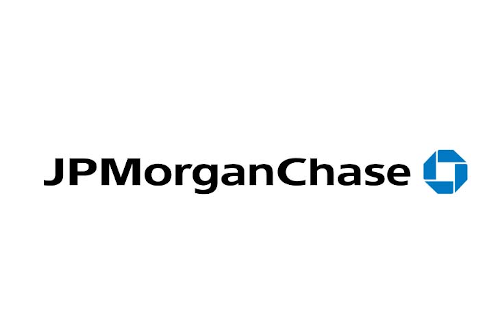Free cooling is the use of outdoor air or water from the natural environment to cool a data center. This method of data center cooling is energy- and cost-efficient as there is no reliance on mechanical air conditioning.
One type of free cooling involves an airside economizer or waterside economizer placed in a cooling system. Economizers rely on naturally cool local air or water and can be used to replace or supplement costly mechanical cooling. When properly integrated, economizers can provide up 30% energy savings on cooling, dramatically improving Power Usage Effectiveness (PUE).
Another type of free cooling uses direct and/or indirect evaporative cooling with a higher efficiency of heat exchange rate. This type of cooling can save up to 70% of data center energy in comparison to mechanical refrigeration due to the inactivity of compressors.
Free Cooling Methods
There are several ways to employ a free cooling system, and the optimal system for a data center is determined by the equipment and resources available within the facility. Potential free cooling methods include:
- Strainer cycle. This method involves the linking of the cooling tower water through the chilled water circuit. A strainer is used to eliminate any debris that may accumulate within the tower. Although there are cost savings due to the limited use of water chiller energy, this method presents an increased risk of corrosion.
- Plate and frame heat exchanger. A heat exchanger transfers heat directly from the chilled water loop to the cooling tower loop. The cooling tower water is kept separate for the coolant flowing through the cooling coils, thus pre-cooling the chiller water. Although this method results in energy savings from the reduced chiller loading, there is a slight increase in pumping costs due to the additional pump power needed to compensate for the pressure drop of the heat exchange.
- Refrigeration migration. Using a valve arrangement within the water chiller, a direct path is made between the condenser and the evaporator. The warm fluid in the chiller loop vaporizes the refrigerant, and the energy is carried to the condenser. The energy is them cooled and condensed by the water from the cooling tower. This method often results in cost savings due to the compressor’s inactivity as the blower, fans, and pumps are all operational.
Factors That Impact the Effectiveness of Free Cooling
Although free cooling can be very rewarding, there are a few elements and risks that may pose issues for a data center. Factors that can impact the effectiveness of free cooling include:
- Operating temperatures. In recent years, ASHRAE has increased its recommended temperatures for data centers, with the optimal temperature being between 75° F and 80° F. However, this recommendation is primarily optimal for modern equipment that is more heat tolerant than older equipment. If the data center has older equipment, free cooling may be warranted at a greater frequency to keep temperatures slightly lower, yet still within the ASHRAE guidelines (65°F to 80°F).
- Regional effects. The geographic location of a facility plays a big role in the effectiveness of free cooling. Essentially, the higher the average regional temperature, the less effective free cooling will be since the outside air is too warm. However, if data centers can set higher temperatures within the ASHRAE guidelines, managers can expand the amount of free cooling hours used.
- Particulate matter. Using outside air can bring unwanted particles, such as pollen or smog, into the data center if an effective filtration system is not implemented. These particles can clog servers, damage equipment, and cause downtime.
- Containment. The way in which racks are arranged determines the effectiveness of free cooling. For instance, hot aisle containment is better suited for free cooling in both air- and waterside economizers. Hot aisle containment is viewed as the more effective strategy as the room is filled with cool air, which acts as a buffer in the case of a system malfunction. This cool air can be used while the system regains function.
- Controls. Proper setup and calibration of controls such as sensor placement and monitoring is crucial to an effective free cooling system. This will ensure that every space in the data center has the cooling it needs without overcooling it.
- Maintenance. Preventive maintenance is crucial to the effectiveness of free cooling, particularly regarding the economizers. For instance, the filters should be monitored and replaced as needed to avoid a buildup of particles within the center. Also, controls periodically need recalibration to maximize free cooling hours and ensure all spaces within the data center are properly cooled.
DCIM Software and Free Cooling
A Data Center Infrastructure Management (DCIM) solution greatly improves the energy efficiency of a data center’s cooling system as it helps optimize energy usage. Specifically, DCIM is a great asset to the control system as it collects, reports, trends, and alerts on data from environmental sensors such as humidity and temperature. This makes it easy for managers to monitor the environmental conditions within their data center to determine if free cooling can be used and to what extent. Managers can also visualize the formation of hot spots or overcooling with thermal time-lapse video, which ultimately maintains uptime, saves energy from overcooling, keeps cabinets within ASHRAE guidelines, and increases data center sustainability.
Want to see how Sunbird’s world-leading DCIM solution can help you optimize your free cooling system? Get your free test drive now!




























